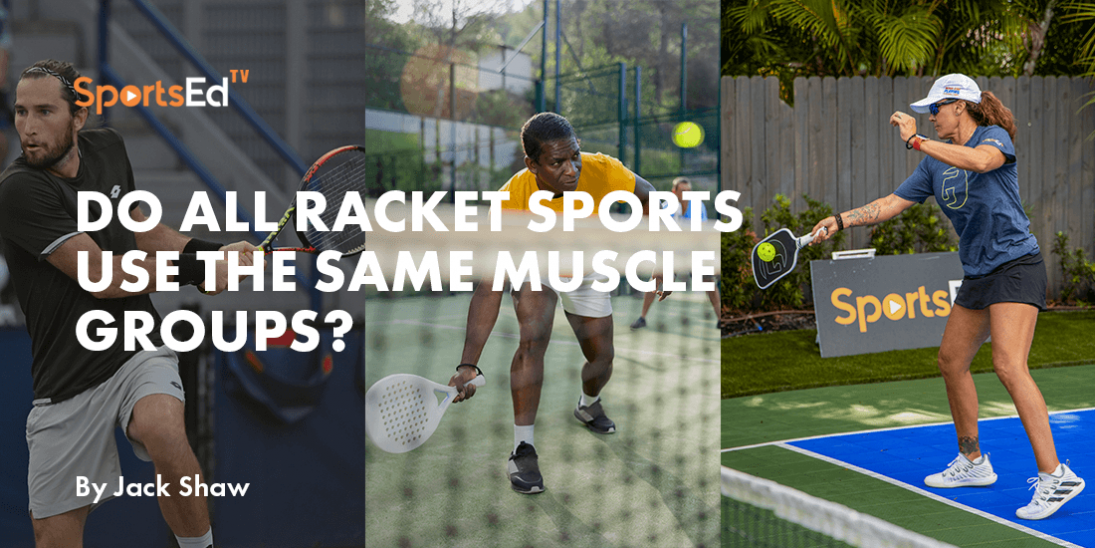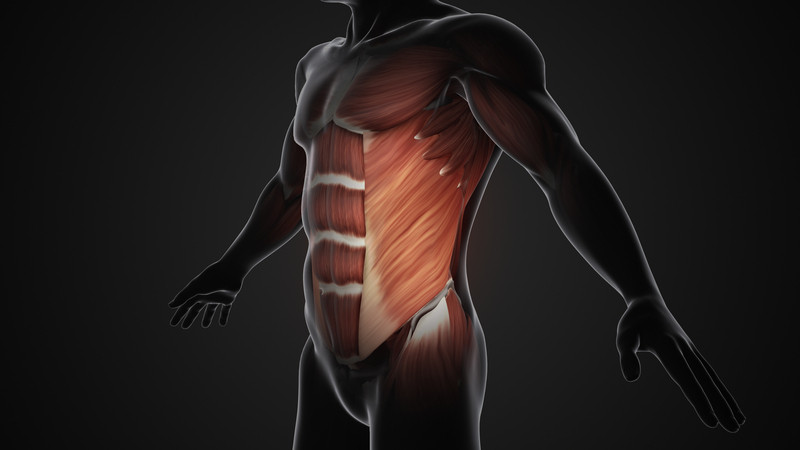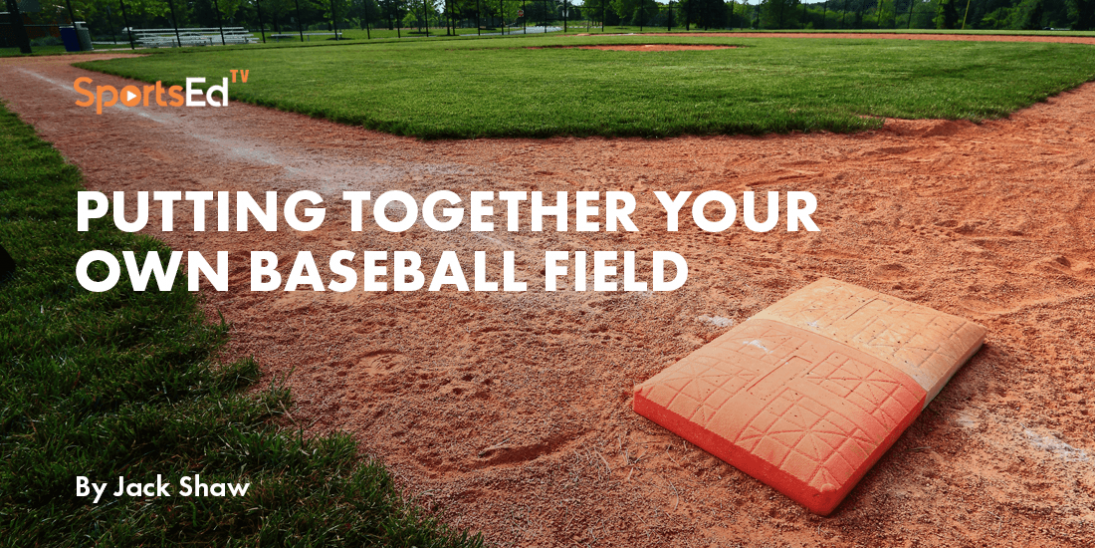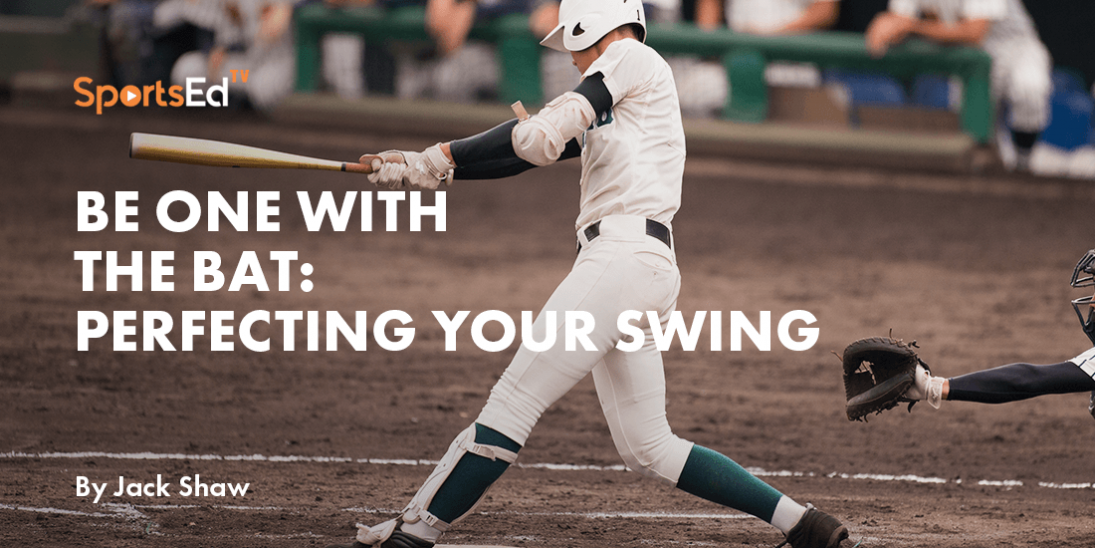Padel, Pickleball, Tennis
Welcome and thanks for visiting...

Do All Racket Sports Use the Same Muscle Groups?

Racket sports — like tennis, badminton, padel, pickleball, and squash — are dynamic activities that require a combination of skill, agility, strength, and endurance. While all racket sports are fast-paced and include repetitive motions, there are minor differences in how various activities engage your muscles.
What Muscle Groups Do Racket Sports Engage?
Racket sports use different muscle groups for optimal performance. Each group is crucial in executing powerful serves, precision shots, running back and forth, and rapid directional changes. Here are the main muscle groups involved in racket sports:
The Upper Body
Racket sports heavily engage the upper body, requiring a combination of strength, endurance, and flexibility. In tennis, the serve — a fundamental stroke — engages the shoulders, particularly the deltoids, as players raise their arms overhead. The forehand and backhand strokes activate the chest, triceps, and biceps, providing the necessary power and control to drive the ball over the net.
Pickleball — the fastest-growing sport in America — is very similar to tennis but not as strenuous. While the age of tennis players averages around the late 20s to 30s, pickleball players instead average about 35 years old due to the greater accessibility for older players. The overhead shots still activate the triceps and shoulders but slightly less vigorously. The quick movements and rapid reactions engage the chest and biceps for effective shots.
Badminton takes place on a much smaller court with a shuttlecock instead of a ball. The overhead motion — especially during smashes — works the shoulders, chest, and triceps. The quick and repetitive nature of shots activates the rotator cuff muscles in the shoulders for stability.
Additionally, the constant grip on the racket in all racket sports works the forearms, contributing to grip strength and endurance in the players’ dominant arms.
The Core
A strong and stable core is essential for optimal performance in all racket sports. The rectus abdominis at the front of the abdomen helps maintain an upright posture and stabilizes the torso during lateral movements.

The obliques, including internal and external muscles on the sides of the abdomen, help rotational movements and lateral shifts, which are crucial for executing accurate shots and quickly responding to the ball’s trajectory. Engaging these core muscles boosts athletic performance and prevents injuries by providing a stable foundation for quick movements.
The Lower Body
The lower body provides the agility and explosive power required in racket sports. Leg muscles, including the quads, hamstrings, and calf muscles, are actively engaged during movements such as quick sprints, lateral shuffles, and jumps. The quads, responsible for extending the knee, are particularly important for explosive movements and sudden changes in direction.
Meanwhile, the hamstrings and calf muscles assist in deceleration, balance, and overall lower limb coordination. A well-conditioned lower body will help prevent injuries by supporting the body’s stability during a training session.
The Cardiovascular System
Tennis courts are much larger than pickleball or badminton courts, so there’s a lot more running around involved. Players will cover more ground during rallies, resulting in increased aerobic activity. In each set of men’s and women’s tennis, players travel over 1,000 feet on average. As players move laterally, sprint to the net, or backpedal to defend, the movements constantly challenge their cardiovascular system, improving endurance and heart health.
Tennis also involves constant stops and starts, especially in more competitive play, which adds extra endurance training. Endurance is a key component of fitness, and long tennis matches encourage the development of sustained aerobic capacity. Playing longer sets or engaging in extended sessions gradually strengthens your cardiovascular system, increasing stamina and fitness.
Although pickleball courts are smaller, it’s still a great cardio workout without placing too much strain on your joints and legs. The quick sprints and short bursts of energy require a robust circulatory system to sustain energy levels throughout the game. A healthy circulatory system enhances players’ ability to keep up with the game’s pace and helps them recover quicker between points.
In addition to speeding up your heart rate and burning calories, cardio works multiple muscles, including the lower body and core. Strong legs help players move across the court quickly, while the core muscles provide stability during rotations. A solid lower back and abdominal muscles are vital for maintaining balance during swift changes in direction.
Common Injuries in Racket Sports
Tennis involves plenty of quick and dynamic movements, making players more injury-prone. One common injury is tennis elbow — or lateral epicondylitis — due to the repetitive use of the forearm muscles involved in gripping the racket. Tennis elbow involves chronic inflammation of the tendons in your elbow that help you move your wrist back and forth when driving the ball. The constant impact of the ball on the racket can also contribute to shoulder injuries, such as rotator cuff strains.
The sudden stops and starts can also increase the risk of ankle sprains, as players frequently change direction. Overuse injuries, including stress fractures or tendonitis, may arise from the repetitive nature of the sport and the strain placed on specific muscle groups.
Badminton is also a fast-paced racket sport, which can lead to injuries. The rapid side-to-side movements and frequent jumps put stress on the ankle joints, making ankle sprains a common occurrence. Shoulder injuries, particularly impingement syndrome, may develop due to the repetitive overhead hitting motion. This repetitive overhead action can also lead to elbow injuries, similar to tennis elbow. Knee injuries, including patellar tendonitis, may occur due to frequent lunging and quick direction changes on the court.
Squash involves intense bursts of activity and sudden changes in direction. Knee injuries, such as meniscus tears or ligament strains, can result from frequent lunging and abrupt stops. Ankle sprains are also common due to the quick pivots. The repetitive movements can lead to overuse injuries in the shoulder and elbow, including rotator cuff problems.
How to Strengthen Muscles to Excel in Racket Sports
To perform at your best in racket sports, it’s vital to strengthen your muscles to meet the specific demands placed on various muscle groups and prevent injuries. Several ways to strengthen your muscles include:
- Full-body conditioning: Squats, deadlifts, lunges, and calf raises are excellent ways to enhance your lower body strength. These movements also activate the core, which is essential for balance.
- Upper body weights: Shoulder presses, lateral raises, and rotator cuff exercises can help you improve your strength and stability. Adding chest and tricep exercises like bench presses and tricep dips can improve stroke power.
- Wrist work: Forearm exercises like wrist circles and reverse curls enhance your grip strength, which is essential for precise racket control.
- Core stability training: Include exercises like planks, Russian twists, bicycle crunches, and sit-ups to target abdominals and obliques.
- Stretching: Static stretches can improve flexibility and range of motion, improving your performance on the court.
- Plyometrics: Plyometric exercises are a fantastic way to enhance explosive power. Box jumps, jump squats, jump lunges, and lateral jumps mimic the quick bursts of energy needed for rapid direction changes during play.
- Agility and footwork drills: Cone drills, ladder drills, and shuttle runs enhance quick directional changes and improve foot speed, helping you move around and cover the court more efficiently.
Excel on the Court
While racket sports engage many of the same muscle groups, the specific demands of each sport lead to variations in the intensity and focus on particular muscle groups. It's essential to incorporate strength training and agility drills to maximize your performance and prevent injury.








